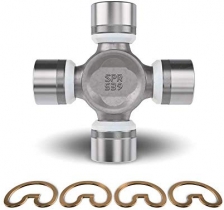-
Welcome to Tacoma World!
You are currently viewing as a guest! To get full-access, you need to register for a FREE account.
As a registered member, you’ll be able to:- Participate in all Tacoma discussion topics
- Communicate privately with other Tacoma owners from around the world
- Post your own photos in our Members Gallery
- Access all special features of the site
Snake Oil? Proprietary Throttle Body Cleaners and Tranny Flushes? (like BG)
Discussion in '1st Gen. Tacomas (1995-2004)' started by Cadmus, Dec 22, 2015.
Page 4 of 5
Page 4 of 5


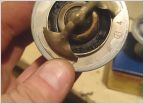 Stock thermostat vs stant 14077??? need help asap!!
Stock thermostat vs stant 14077??? need help asap!!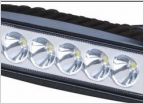 1 gen back up light bulb upgrade/other options?
1 gen back up light bulb upgrade/other options?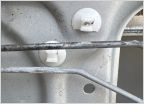 Door rod middle clips?
Door rod middle clips?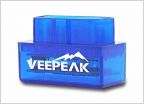 Code reader HELP!
Code reader HELP!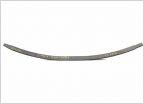 Add a leaf??? Talk me out of this.
Add a leaf??? Talk me out of this.










